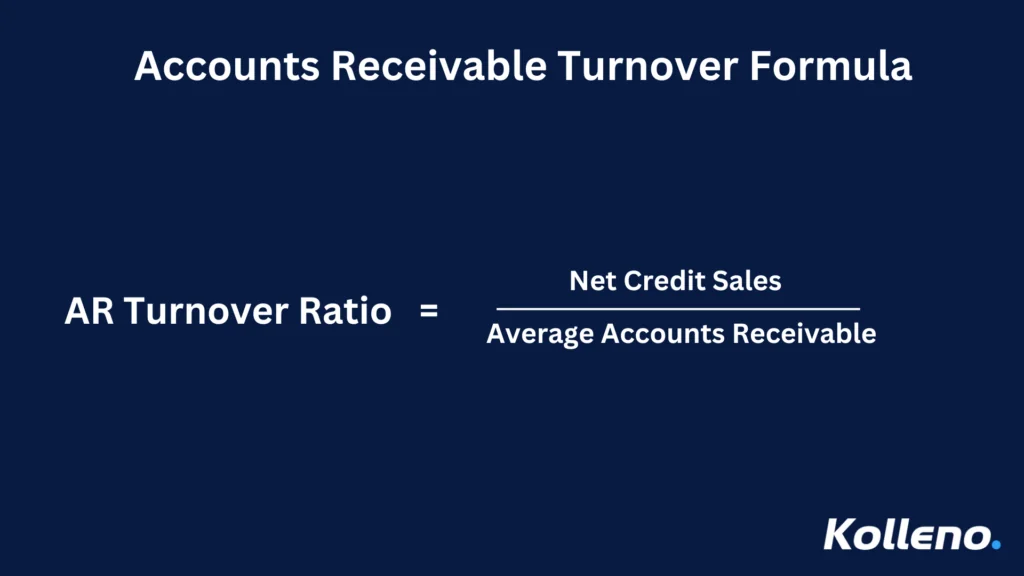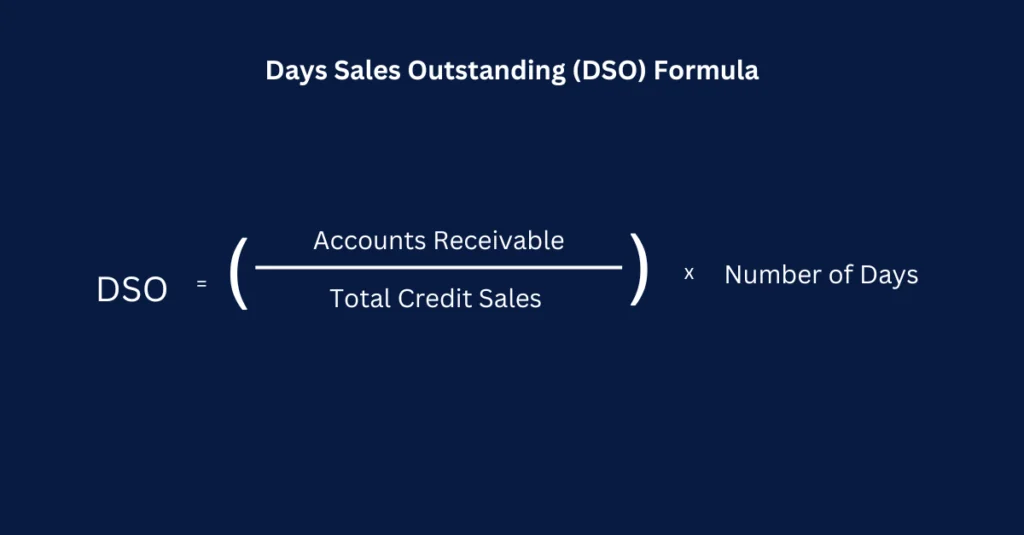Understanding What Accounts Receivable Collections Mean
Accounts receivable collections is essentially a component of the accounts receivable management procedure, which involves recovering payments owed by their customers or clients for goods or services provided. The process usually begins with the accounts receivable professionals of the finance department having to identify the debtor, attempt to contact them to request for their payment, and in some instances, negotiate the payment terms. Should this effort be futile, the company may need to turn to collection agencies as a final resort to try and recover the unsettled debts. With that, corporations must establish an internal system for collecting accounts receivable in a timely manner.
The accounts receivable collection procedure may involve various different elements depending on the company, its customers, and the state of the firm’s cash flow. In general, the accounts receivable collection process is a vital process for any company, as all businesses need to have a healthy cash flow to sustain their day-to-day operations. Accounts receivable collections can be viewed as an approach to strengthen the company’s cash flow, and in the majority of cases, corporations would try to collect the customers’ payments within a 30- or 60-day timeframe.
How Could Businesses Measure and Assess Their Accounts Receivable Collection Performance?
Companies typically determine their accounts receivable collections by calculating the firm’s accounts receivable turnover ratio and/or the days sales outstanding. In particular, these two metrics fundamentally measure a business’s effectiveness at converting its customers’ outstanding debts into settled invoices.
By Calculating the Accounts Receivable Turnover Ratio
To dive deeper into the technical details, the accounts receivable turnover ratio is calculated as a fraction, and the process involves two key steps. Firstly, the accounts receivable professional will need to add up the balances for the accounts receivable values at the beginning and end of the specified accounting period, followed by dividing the sum by two. This, in turn, gives us the average accounts receivable value for that reporting period. Following that, the professional will need to divide the net credit sales figure by the average accounts receivable value to determine the accounts receivable turnover ratio.

As a general rule-of-thumb, having a high accounts receivable turnover ratio is a positive indicator suggesting that the business is going relatively well in converting a high percentage of its accounts receivable into cash. On the contrary, companies reporting a below-average accounts receivable turnover ratio may signal a red flag as it indicates that the firm is at a greater risk of incurring losses from bad debts as well as having a relatively low-quality customer base.
By Calculating the Days Sales Outstanding
Companies also determine their accounts receivable collection effectiveness by studying their days sales outstanding, which is essentially the mean number of days a business would take to collect its customers’ payments for the delivered goods and/or services. Meanwhile, the days sales outstanding can also be viewed as a measure of the firm’s efficacy at converting its credit-based sales into cash, in which the lower the value of the days sales outstanding, the greater the firm’s efficiency in its accounts receivable collection practices.

Put simply, the days sales outstanding can be calculated by dividing the total accounts receivable for a particular accounting period by the total number of credit sales, followed by multiplying the figure by the number of days within that specified duration. Through this approach, this thereby demonstrates that the days sales outstanding formula measures the average amount of time taken for a company to cash in on its total credit sales during the accounting period. In essence, the shorter the time taken, the better the business is at collecting debts and settling unpaid invoices.
How Can Businesses Manage Their Accounts Receivable Collections in A More Efficient Manner?
Managing the accounts receivable collection process is a crucial and significant responsibility for all companies, especially if they have a retail-related business model. Although managing this collection procedure may appear highly complicated, there have been many proven business strategies that can drastically increase an accounting receivable professional’s chance of being successful at collecting the customers’ payments.
In essence, there are a number of ways for companies to improve their accounts receivable collections, with such examples including:
Investigating The Company’s Cash Flow History
One of the best places to get started would be by studying the company’s cash flow history and pinpointing the periods with the highest proportion of invoices that remained unsettled beyond its credit terms. Using this piece of data, accounts receivable professionals can then identify the best timings to maximise their accounts receivable collection efforts to strengthen their cash flow and, consequently, the company’s bottom line.
Enhancing The Sales Process
Besides that, another approach to improving the accounts receivable process would be to devise an effective sales process and accounts receivable collection policy whilst making sure that all invoices have clear payment terms and conditions that are well-aligned with the customers.
Increase The Number of Payment Options
By increasing the diversity of payment options that the business is able to accept, this frequently makes it far easier for customers to complete their payments without delay. For instance, businesses should consider enabling customers to pay via their website, over a phone call, or even via paper checks if necessary to increase their flexibility in payment compliance.
Provide Customers with Discounts for Early Payments
Certain companies incentivise customers to settle their debts early by offering past-due balance discounts and/or perks, with popular examples of perks including the hosting of webinars to educate customers on the effects of debt on their financial state over the long term.
Create an Aging Report for the Company
Another approach to developing a solid accounts receivable collection procedure is to create an aging report, which provides the management team with a snapshot of the company’s real-time status of its accounts receivable.
In essence, the aging report categorises the individual accounts receivable into groups based on the number of days they have been due. The typical grouping format employed by businesses would be 0 to 30 days overdue, 31 to 60 days overdue, 61 to 90 days overdue, and more than 90 days past due. Thus, by studying the aging report, the accounts receivable professional could then develop and implement a strategy for their accounts receivable collections.
Employ an Automated Accounts Receivable Management Software
All in all, companies ought to also consider investing resources into an automated account receivable management system that can automatically send payment reminders to their customers. In addition, automated accounts receivable workflow management software with proper analytic tools may assist finance professionals with tracking the company’s credit and cash balances and help them make educated decisions on how to optimise further the firm’s payment policies as well as customer credit terms for an improved cash flow situation. Not to mention, accounting automation can also significantly reduce the amount of time, expenses, and labour that goes into the accounts receivable collection process, all of which whilst strengthening the accuracy and efficiency of the company’s financial records.
On that note, Kolleno is a smart accounts receivable software that offers intelligent accounts receivable collection software, empowering finance professionals to improve their decision intelligence. If you are interested in learning how Kolleno’s AI-powered and customizable features help raise the bar for managing accounts receivable, consider booking a 15-minute call to explore how Kolleno can help your business.
Concluding Thoughts
Overall, the accounts receivable collections process is a vital practice during business operations, and it is not surprising that one of the most crucial components in a company’s survival (let alone success) would be its cash flow health. As a result, devising a strong accounts receivable collection management policy to ensure a relatively seamless customer debt collection process is one of the most effective strategies to improve a company’s financial status. Meanwhile, implementing proper accounts receivable collection practices may also save businesses a lot of money in the long run due to the minimisation of facing delinquent customers and/or having to liaise with collection agencies to assist in the management of unsettled debt accounts. Not to mention, this inevitable reality ought to be highly apparent for small businesses, which should be well aware of how gaps in their accounts receivable collections can drastically impact their ability to serve many customers.
All in all, a company can proactively take a myriad of steps to support its accounts receivable collection process better. Besides establishing a well-designed and meticulous policy for approving customer credit, the automation of the accounts receivable collection process can immensely help a company’s invoicing/billing, payment collection, and the finance department’s ability to collaborate seamlessly.
Frequently Asked Questions (FAQs)
What Is Accounts Receivable Collection?
Accounts receivable collection is the procedure a company employs to make sure their customers follow through with payment for the goods and/or services that the firm has delivered in advance. The collection process can be executed via a wide range of formats based on the company’s management teams and customers’ preferences.
How Do Businesses Measure Its Accounts Receivable Collections?
Corporations can measure the effectiveness of their accounts receivable collection process by either calculating their accounts receivable turnover ratio or the number of days sales outstanding.
Is Accounts Receivable a Balance Sheet Item?
Accounts receivable is a balance sheet item because it is considered a current asset for the company. Thus, it will be listed under the assets section of this financial statement.











